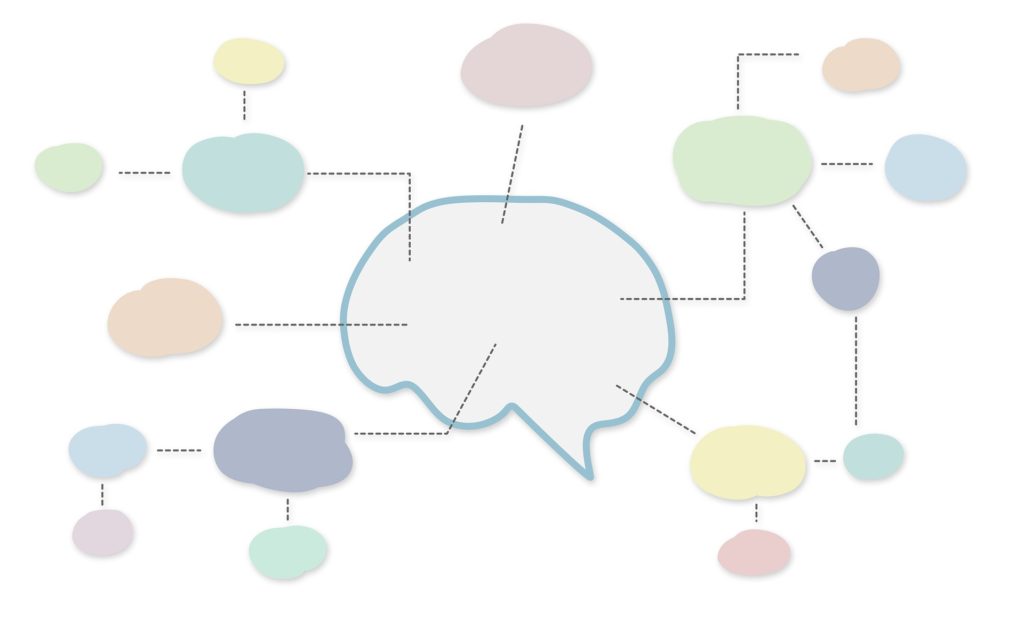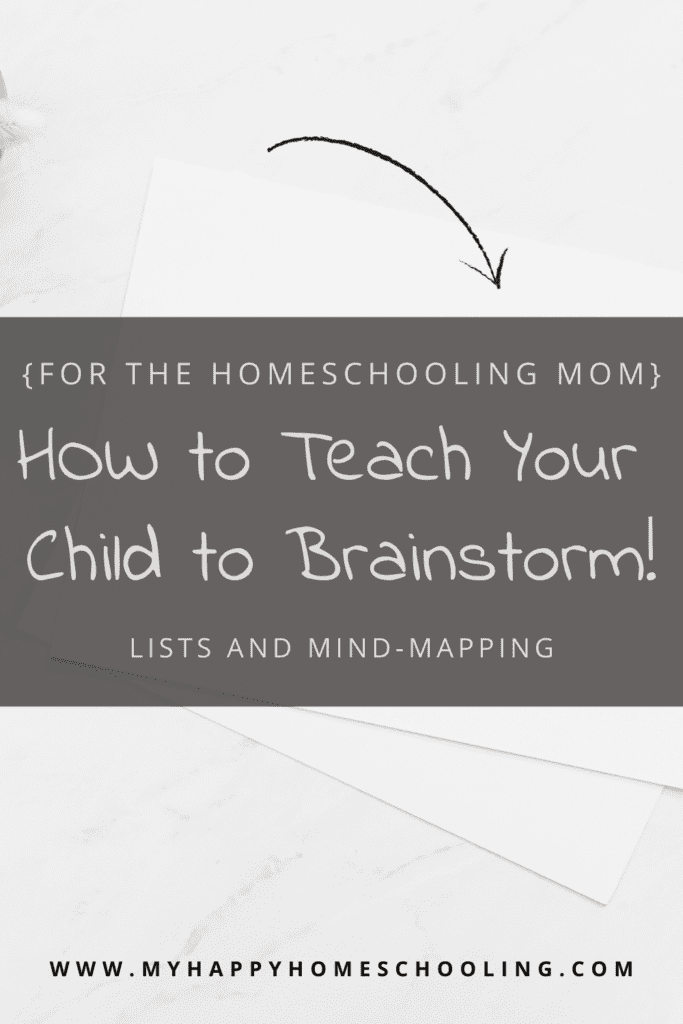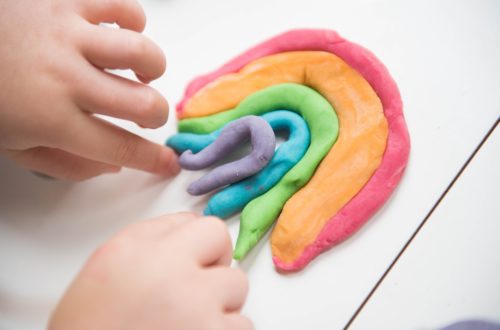This post discussing how to teach your child to brainstorm may contain affiliate link(s) which means that I receive some form of compensation in return (at no additional cost to you) if you purchase through my link:)
You watch your child stare at a blank page. They know what they want to write about or what they need to write about, but they do not know where to start! As a writer myself, I have been here so many times before. With that said, one of the beautiful things about the writing process is that it is perfectly fine for the beginnings to be rough. As I discussed in a previous post entitled “The Beauty of a Rough Draft” (link here), it is all right for papers to have humble beginnings. To build on that thought, let us discuss how to brainstorm, or, in other words, different places to start the writing process.
As a little bit of a preview for this post discussing how to teach your child to brainstorm, I will highlight two different methods for brainstorming: writing lists and creating a mind map.
1. Lists

This brainstorming method may seem too simple to mention, but it is not. There is so much value to be found in simply setting a timer and writing down all the ideas that begin to rush to your brain.
With that said, it may be very helpful for you to give your child several questions to get their creativity flowing. For example, let us say that your child needed to write a paper about his favorite season. If his favorite season is spring, ask him questions like “why is spring your favorite?” and “what are some things that you love about spring?” These questions can help him really get started with his brainstorming session.
I would definitely encourage having a timed brainstorming session when using the list method since it can encourage writers to really dig deep into their thoughts about a particular topic.
Writing lists allows us to clear our minds without fear of forgetting something we believe to be important.
2. Mind Mapping

A second form of brainstorming would be mind mapping. When your child uses this method to brainstorm for his paper, he would start with his main topic as a word in a circle on his paper. From there, he would draw connecting lines to other circles with ideas that stem from that main thought, as pictured above.
This method of brainstorming would be great for kids who are more artistically minded. If your child loves to draw, maybe you could encourage mind mapping as a way for them to get their ideas from inside their minds to their paper. They can even use different colored pencils, stickers, or other tools that spark creativity for them.
Encourage them to use their imaginations as they use this form of brainstorming, for, as was once said,
Imagination is the beginning of creation.
Want to save this post to read or reference later? Pin it!

There you have it! Though it may sound simple, I think that brainstorming is a step of the writing process that is too often completely overlooked. I encourage you to introduce these methods as you discover the best way to teach your child to brainstorm. Maybe have your child try out these two different forms of brainstorming and see which one works best for them!
In conclusion, I think it is worth noting that one size does not fit all, and writing is often meant to be creative. See which method fits your child’s style of writing and encourage them to incorporate it into their own personal writing process on a consistent basis.
Do you think it is important to brainstorm? Why or why not?
Are there any other methods that you have found to be helpful?
Please let me know in the comments below! I would love to hear from you.







